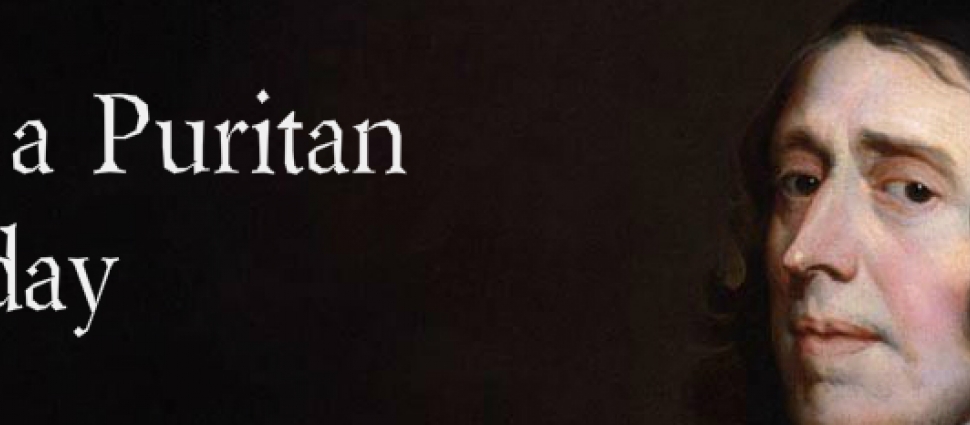Meet a Puritan: Thomas Adams

Feb 1, 2016
 Thomas Adams (1583-1652)
Thomas Adams (1583-1652) Life
Thomas Adams graduated from Trinity College, Cambridge (B.A., 1602) and from Clare College, Cambridge (M.A., 1606). Ordained deacon and priest in the Lincoln diocese in 1604, he served as curate of Northill, Bedfordshire from 1605-1611. When his new patron dismissed him, Adams’s parishioners signed a petition stating that he had “behaved himself soberly in his conversation, painfully in his calling, lovingly amongst his neighbors, conformable to the orders of the Church, and in all respects befittingly to his vocation” (J. Maltby, Prayer Book and People in Elizabethan and Early Stuart England, p. 78). In 1614, he became vicar of Wingrave, Buckinghamshire, and then moved to London in 1619, where he was given the rectories of St. Benet Paul’s Wharf and the small church of St. Benet Sherehog. For his first five years in London, he also held the lectureship of St. Gregory’s, a parish of 3,000. Later on, he preached occasionally at St. Paul’s Cross and Whitehall, and served as chaplain to Henry Montagu, First Earl of Manchester and Chief Justice of the king’s bench.
Adams was more of a Calvinist Episcopalian than a Puritan. He was not opposed to kneeling to receive communion and feared that the abolition of episcopacy advocated by some Puritans would lead to Anabaptism. Nonetheless, he is included here because, “Like Puritans he craved careful observation of the Sabbath and was deeply hostile to Rome, the Jesuits, and the papacy, as well as to idleness, over-indulgence in worldly pleasures, and conspicuous consumption in all its forms” (J. Sears McGee, Oxford Dictionary of National Biography, 1:261). These things, combined with his eloquent style of writing, led Robert Southey to describe him as “the prose Shakespeare of the Puritan theologians.”
Works
In 1629, Adams organized his sermons into a massive folio, subsequently printed as three volumes in the Nichol’s series reprint: The Complete Works of Thomas Adams. Volume 1 contains his sermons on Old Testament texts, volume 2 contains his sermons on New Testament texts, and volume 3 contains the remaining corpus of New Testament sermons as well as meditations on the Apostles’ Creed and a fifty-page memoir by Joseph Angus. Adams’s sermons have been admired since their first printing; they “placed him beyond all comparison in the van of the preachers of England, and had something to do with shaping John Bunyan…. His numerous works display great learning, classical and patristic, and are unique in their abundance of stories, anecdotes, aphorisms, and puns” (Encyclopedia Britannica, 11th ed., 1:181). James I. Packer writes: “His fondness for evangelical allegorizing and verbal pyrotechnics, however, makes his sermons lively rather than weighty. His doctrine is unambiguously Calvinistic, but with a pastoral rather than a speculative or controversial orientation.” (The Encyclopedia of Christianity, ed. Edwin H. Palmer, 1:63).
In 1633, Adams published A Commentary on the Second Epistle General of St. Peter, which was never included in any edition of his works. The work is exegetically reliable and stylistically adept. Much useful theological knowledge is conveyed in striking phrases. Spurgeon commented that this book was “full of quaintness, holy wit, bright thought, and deep instruction; we know of no richer and racier reading.”
 Excerpted from Joel R. Beeke and Randall J. Pederson, Meet the Puritans: With a Guide to Modern Reprints (Grand Rapids: Reformation Heritage Books, 2006), 11–14.
Excerpted from Joel R. Beeke and Randall J. Pederson, Meet the Puritans: With a Guide to Modern Reprints (Grand Rapids: Reformation Heritage Books, 2006), 11–14. **Support our ministry by purchasing this book from us at the "lower than Amazon" price of $20.





